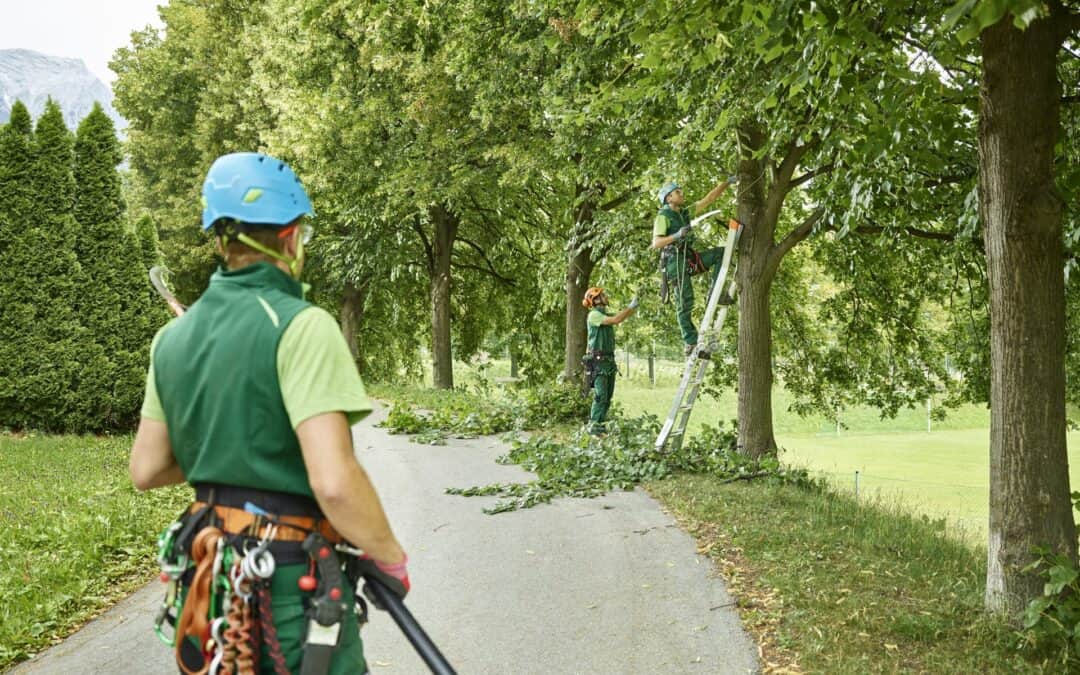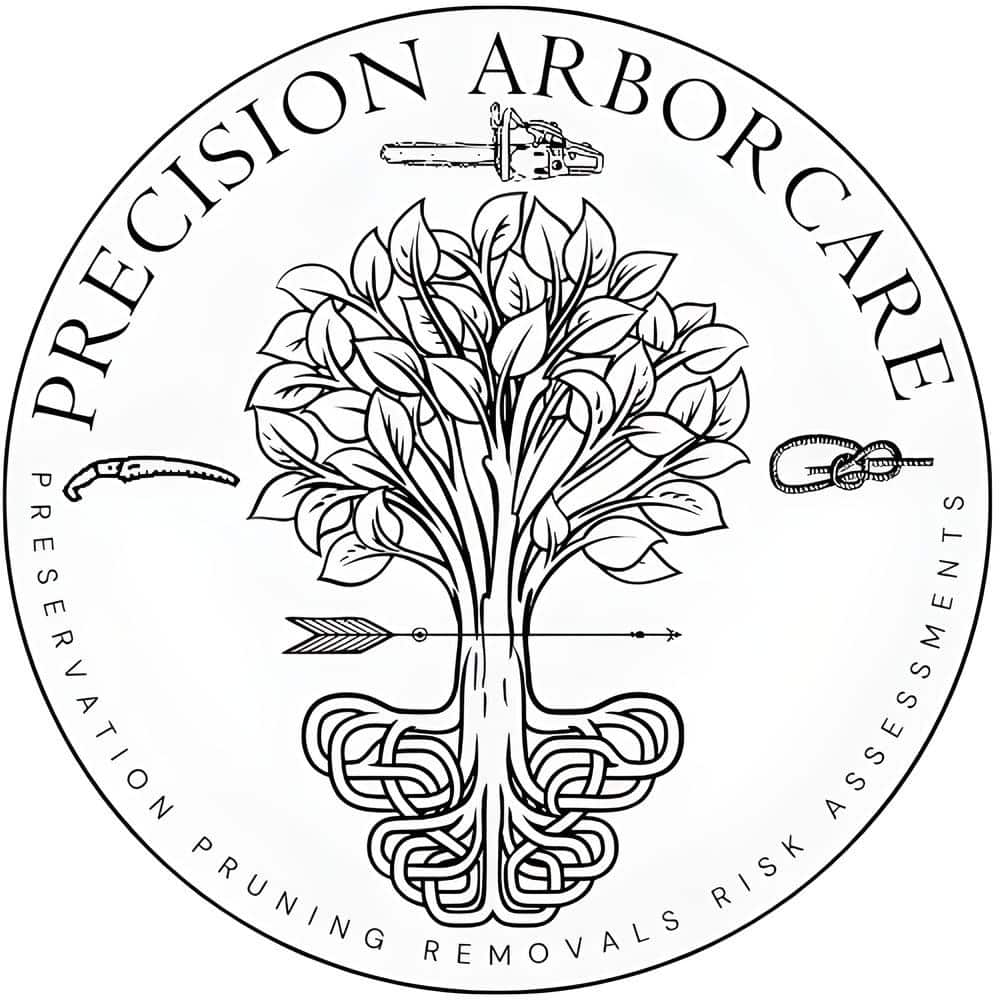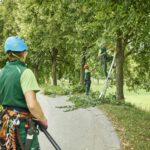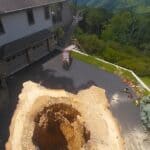Regular tree service plans ensure trees thrive year-round by addressing issues before they escalate into costly problems. Arborists recommend these plans because they offer long-term benefits, such as improving tree health, reducing risks, and enhancing the overall landscape. Scheduled tree service maintenance plans are an investment in the future of your trees and property.
Protecting Tree Health with Regular Care
Scheduled tree service plans play a crucial role in maintaining the health of trees. Certified arborists assess trees regularly to catch early signs of disease, decay, or pest infestations. This proactive approach prevents minor problems from turning into major issues. For example, a homeowner with an oak tree showing wilting leaves might not realize the tree has root rot until a certified arborist conducts an inspection. Early intervention could save the tree and avoid removal.
- Arborists use diagnostic tools to identify hidden health issues.
- Regular care prevents the spread of pests and diseases between trees.
- Healthy trees contribute to cleaner air and a better ecosystem.
Benefits of Scheduled Tree Pruning Services
Pruning is an essential part of any tree care plan. Regular pruning encourages healthy growth, prevents weak branches, and enhances the tree’s shape. Arborists use precise techniques to remove dead or diseased branches, allowing the tree to focus its energy on thriving limbs. Scheduled pruning ensures that trees remain safe and visually appealing over time.
A large maple tree, for instance, might develop weak branches that could fall during a storm. Without pruning, these branches pose a risk to people and property. Arborists strategically trim these areas, reducing hazards while improving the tree’s structure.
- Proper pruning reduces the likelihood of branch failure.
- Pruned trees are more resilient to extreme weather.
- Aesthetic improvements boost curb appeal and property value.
Reducing Hazards with Regular Maintenance
Hazardous trees are a liability for homeowners and businesses. Overgrown or weakened branches can fall unexpectedly, causing injury or damage. Regular tree service plans include risk assessments that identify potential hazards before they become emergencies. Arborists evaluate factors like branch strength, trunk stability, and proximity to structures to determine a tree’s risk level.
For example, a leaning tree near a playground may appear harmless but could collapse without warning. Arborists recommend solutions like cabling, bracing, or removal to mitigate danger. Preventative care ensures a safer environment for everyone.
- Routine inspections detect and address structural weaknesses.
- Proactive measures reduce the likelihood of accidents.
- Preventative care minimizes liability for property owners.
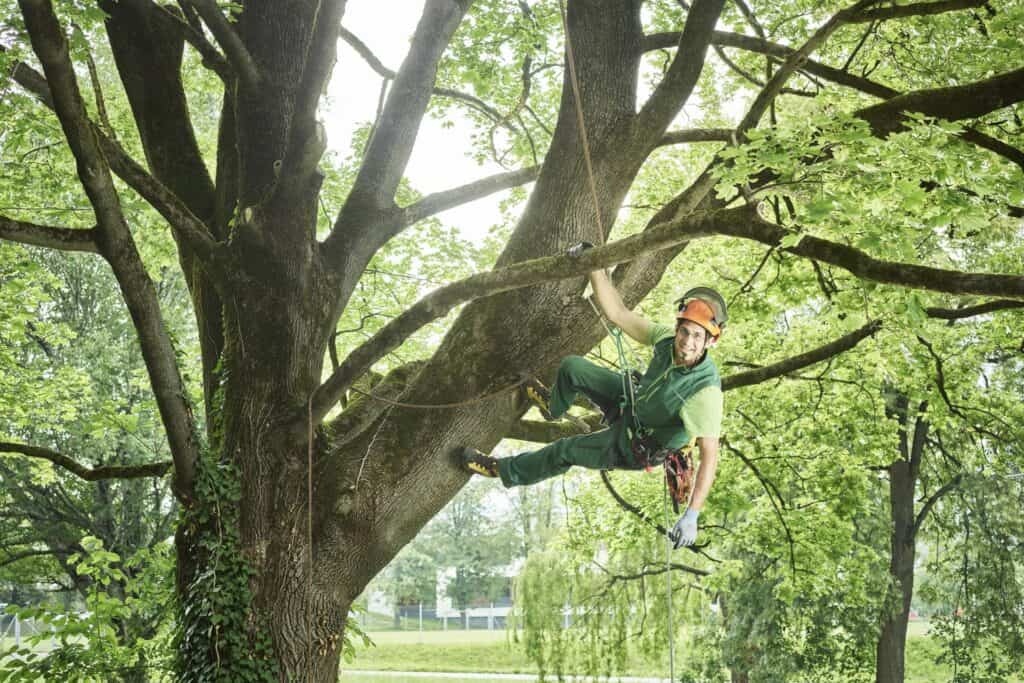
Enhancing Longevity with Tree Maintenance
Consistent care increases the lifespan of trees by addressing their specific needs. Arborists evaluate soil conditions, nutrient levels, and water availability to create tailored maintenance plans. These efforts ensure trees grow strong and healthy, even in challenging environments. Neglecting tree maintenance can lead to premature decline, leaving properties vulnerable to unexpected removal costs.
A homeowner might notice their pine tree is thinning at the top, a sign of poor soil health. An arborist would recommend soil aeration and fertilization to restore the tree’s vitality. Regular attention ensures trees remain an asset to the landscape.
- Scheduled care prevents irreversible damage to trees.
- Tailored solutions address the unique needs of each tree species.
- Proper maintenance promotes robust root systems and strong growth.
Saving Money with Preventative Tree Care
Preventative care is more cost-effective than addressing tree emergencies. Regular maintenance reduces the likelihood of storm damage, pest infestations, or tree removals. Arborists recommend investing in care plans to avoid higher expenses down the road. For instance, a diseased tree caught early can often be treated, while neglecting it could lead to full removal and replacement costs.
Preventative care also extends to services like mulching, which improves soil quality and moisture retention. These small efforts add up to significant savings over time, making tree service plans a smart financial choice.
- Regular maintenance reduces emergency removal costs.
- Early pest control prevents infestations that spread quickly.
- Healthier trees lower the need for expensive replacements.
Custom Tree Service Plans for Every Landscape
Each tree has unique needs based on its species, location, and surrounding environment. Arborists create customized tree service plans tailored to individual trees and landscapes. These plans ensure that trees receive appropriate care, maximizing their health and aesthetic value. Whether it’s fertilizing fruit trees or pruning ornamental varieties, arborists adapt to the specific requirements of each property.
A commercial property with a mix of evergreens and flowering trees, for instance, benefits from a service plan that includes seasonal adjustments. This attention to detail results in a vibrant, balanced landscape.
- Customized plans address the specific needs of different tree species.
- Seasonal care adjusts for changes in climate and growth cycles.
- Tailored solutions ensure optimal results for every property.
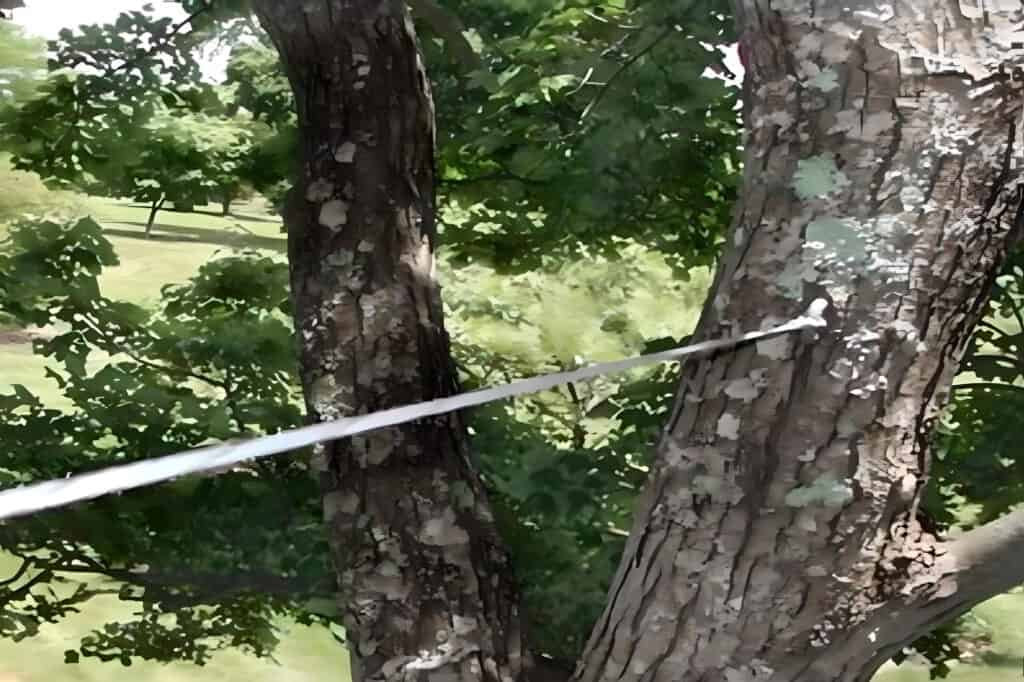
Environmental Benefits of Scheduled Tree Care
Trees play a critical role in maintaining healthy ecosystems. Regular care supports sustainability by promoting tree growth, improving air quality, and reducing waste. Arborists prioritize eco-friendly practices such as composting debris and planting native species. These efforts align with broader environmental goals, making scheduled tree care a benefit to the planet.
For instance, using mulch derived from pruned branches enriches the soil and reduces landfill waste. Arborists also encourage planting drought-resistant trees in areas prone to water scarcity, ensuring the landscape remains sustainable.
- Scheduled care contributes to reduced carbon emissions.
- Arborists recycle organic waste into mulch or compost.
- Native species support local wildlife and biodiversity.
The Role of Arborists in Long-Term Tree Plans
Arborists bring a wealth of expertise to tree service plans. Their knowledge of tree biology, pests, and environmental factors ensures that trees receive the best possible care. Arborists regularly monitor tree health and adjust service plans as conditions change. This proactive approach ensures that trees thrive for decades to come.
For example, an arborist might modify a care plan during a drought to prioritize water conservation while still supporting tree health. This adaptability highlights the value of working with professionals who understand the complexities of tree care.
- Arborists provide expert recommendations for every stage of a tree’s life.
- Their training ensures safe and effective execution of care plans.
- Proactive monitoring allows for adjustments to meet changing needs.
Boosting Property Value with Healthy Trees
Well-maintained trees enhance curb appeal, making properties more attractive to buyers. Scheduled care ensures trees look their best and remain free from disease or damage. Healthy trees also provide shade, reduce energy costs, and create a more inviting outdoor environment.
A homeowner preparing to sell their house, for instance, could see a significant boost in value from a landscape filled with vibrant, healthy trees. Arborists help achieve this by maintaining trees as assets, not liabilities.
- Healthy trees increase property value by up to 15%, according to the USDA.
- Shade trees can reduce air conditioning costs by 10–20%.
- A well-kept landscape improves first impressions for potential buyers.
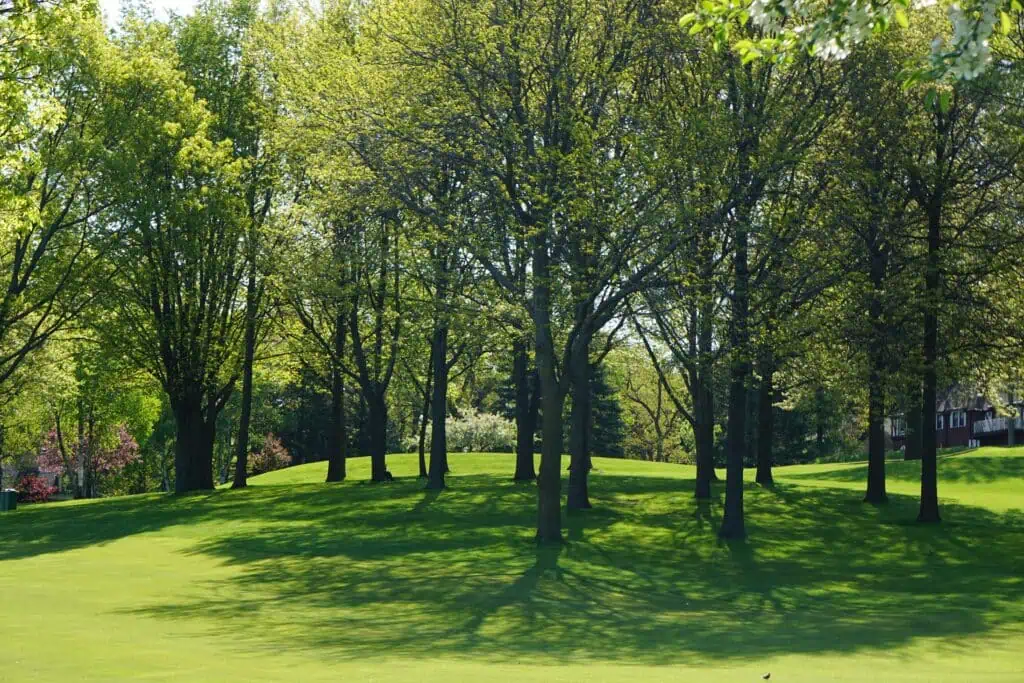
Key Takeaways on Regular Tree Service Plans
- Regular tree care plans protect tree health, extend longevity, and reduce hazards.
- Scheduled pruning and maintenance promote stronger growth and aesthetics.
- Preventative care saves money by addressing issues early and avoiding emergencies.
- Customized plans cater to the unique needs of each property and environment.
- Arborists’ expertise ensures trees remain healthy, safe, and beneficial to ecosystems.
Frequently Asked Questions About Scheduled Tree Care Services
How often should trees be serviced?
Most trees benefit from care every six to twelve months, depending on their species and health. Arborists can recommend a schedule based on specific needs.
What is included in a tree service plan?
Plans typically include pruning, inspections, fertilization, pest management, and risk assessments. Customized services may also address unique tree issues.
Can regular care prevent tree removal?
Yes, consistent maintenance can catch health issues early and reduce the need for removal. However, some trees may still require removal due to age or severe damage.
How do tree service plans support sustainability?
Regular care promotes healthy growth, reduces waste, and encourages eco-friendly practices like composting and planting native species.
Why hire a certified arborist for tree care?
Certified arborists have specialized training and knowledge to provide safe, effective, and customized care for every tree. Their expertise ensures better results than general services.
Precision Arborcare is your trusted arborist for expert tree services in Asheville, NC. Built on a passion for trees and a commitment to providing top-quality arborist care, our company excels in technical skills while prioritizing clear communication, customer satisfaction, and safety. Our team consists of certified arborists and tree care professionals dedicated to enhancing and preserving the natural beauty of your landscape. We pride ourselves on being approachable, friendly, and professional arborists, ensuring that our clients feel confident and informed throughout every step of their tree care journey. Precision Arborcare offers tailored arborist services to meet the specific needs of each client, from routine maintenance and emergency tree services to specialized care for your trees.
